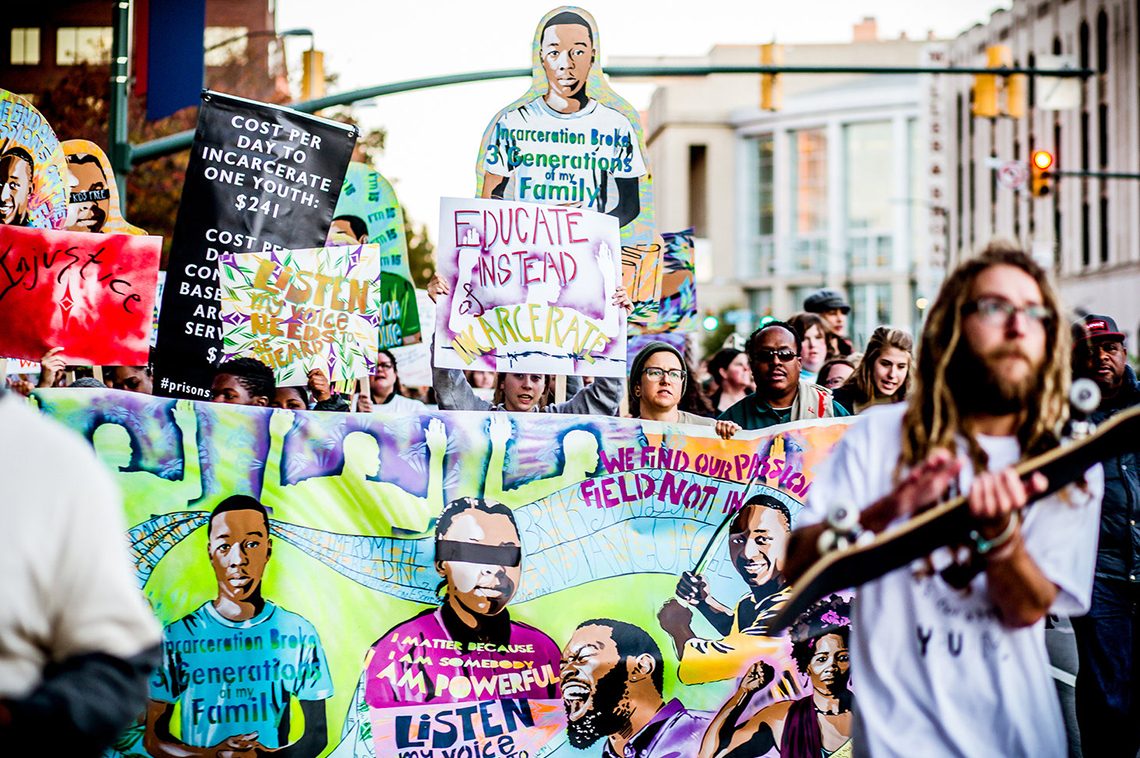
We’re excited to kick-off a new series of posts focusing on creative placemaking resources. You’ll notice that our website now sports a Library which will contain a combination of best practices, toolkits, and other interesting material that we come across over time. It will be a mix of foundational resources that long pre-date our work, and new material at the cutting edge of creative placemaking’s unfolding. Each of these posts will introduce additional items to the Library and provide a bit of context on why we’d like to keep them on the radar.
The Center for Performance and Civic Practice (CPCP) recently launched a new website, and we were excited to see an update on its Catalyst Initiative. According to Michael Rohd, CPCP’s Director, the Catalyst Initiative works to help artists and non-arts focused community partners develop:
- A solid partnership process
- Cross- sector translation tools
- Narrative and impact studies to aid in local and field-wide advocacy
- Co-design strategies that clearly demonstrate the value of cross-sector collaboration through the resulting community endeavors.
The Catalyst Initiative launched in 2014 and its first cohort included:
- Tuscon, AZ | Liz Burden, Les Pierce, and CoreBank, Living Streets Alliance, and the Tucson Bus Riders Union
- Multiple Cities, CA | Nikiko Masumoto, Mary Kimbal, and the Center for Land-Based Learning
- Letcher County, KY | Mark Kidd, Valerie Horn, and the Cowan Community Action Group
- Gulf Coast, LA (and AL, FL, MS, and TX) | Nick Slie, Jayeesha Dutta, Mondo Bizarro and the Gulf Future Coalition
- Lewiston, ME | Jennie Hahn, Stephanie Gilbert, and the Maine Department of Agriculture, Conservation and Forestry
Over the course of a year, the arts and non-arts players in each state came together to envision the impact that the arts could have on their community-based work. The projects focused on a range of community development sectors including Agriculture & Food, Economic Development, Environment & Open Space, Transportation, and Youth & Education. Each artist focused on a set of activities ranging from community engagement and visioning processes to creative education practices and organizational capacity building.
CPCP released the glossy reports from each state and they were just the right combination of informative, accessible, and well-designed. Here’s a description of each report:
Arizona
Artist Liz Burden led a creative team in collaborations with three Tuscon-based transit organizations to boost public engagement with and about transit. They developed Transit Talks, a digital platform that helped community members share creative content, perspectives, and research about their transit experiences.
California
Artist, farmer, and ArtPlace grantee Nikki Masumoto worked with Mary Kimbal and the staff at the Center for Land-Based Learning to deepen its youth curriculum on farming and hunger. The value of listening and potential for “creative” to be off-putting feature heavily in this effort to boost the Center’s internal teaching capacity with creative tactics.
Kentucky
Artist Mark Kidd worked with Valerie Horn of the Cowan Community Action Group to investigate the methods and trajectory of anti-poverty work in Southeastern Kentucky with an eye toward increasing public engagement in existing efforts. This project focused especially on creating tools and models that anyone could replicate without the artist’s involvement.
Louisiana
Performance collective Mondo Bizarro and the Gulf Future Coalition teamed up to generate a plan to well-utilize the anticipated $50 billion influx of Restore Act funding from the BP oil spill. This undertaking showcased the power of theater and expert facilitation to uncover community ideas, and it fostered greater regional collaboration among those working to improve and protect the Gulf.
Maine
Artist Jennie Hahn worked with Stephanie Gilbert from the Maine Department of Agriculture, Conservation, and Forestry to break down the complex policy issues surrounding protected farmland among a collective of independent farmworkers—35% of whom were recent immigrants. Their work showcases how the arts can foster multi-layered investigation of a complex subject while inspiring new models of functioning within policy constraints.
Stay tuned for more from CPCP and the next Catalyst Cohort, which includes:
- Washington, DC | Anu Yadav, Artist, with John Cavanagh, Director of the Institute for Policy Studies
- Norfolk, VA | Patrick Mullens, Artist, with Stacie Walls Beegle of LGBT Center of Hampton Roads
- Fairview, NM | Rulan Tangen, Artist, with Roxanne Swentzel of the Flowering Tree Permaculture Institute and the Pueblo Food Experience Project
- St. Louis, MO | Joan Lipkin, Artist, with Tricia Roland-Hamilton of Magdalene St. Louis Inc.
- Philadelphia, PA | Yolanda Wisher Artist, with Trapeta Mayson of Historic Germantown:
- Los Angeles, CA | Supercommunity, Maria Lamadrid and Shawn Jackson, Artists, with Daniel Delatorre of the Elysian Valley Neighborhood Watch
- Richmond, VA | Mark Strandquist, Artist, with Jeree Thomas of the Legal Aid Justice Center
- Dallas, TX | Harold “HJ” Steward, Artist, with Keith Ackerman of the Cottages at Hickory Crossing





